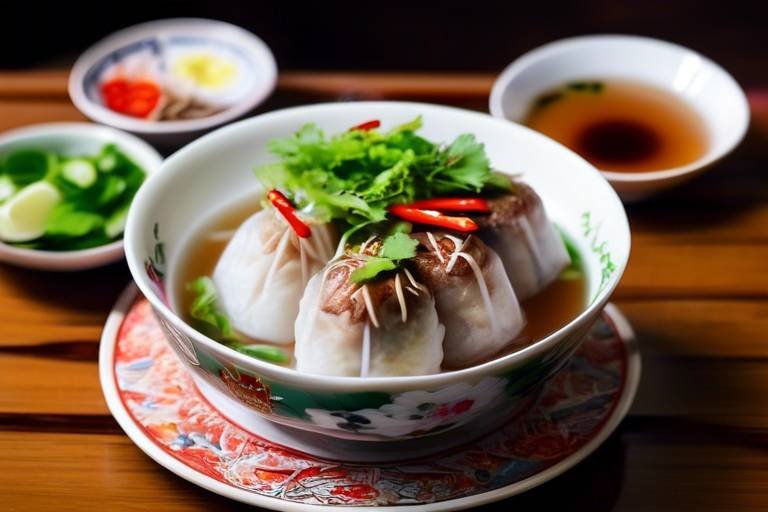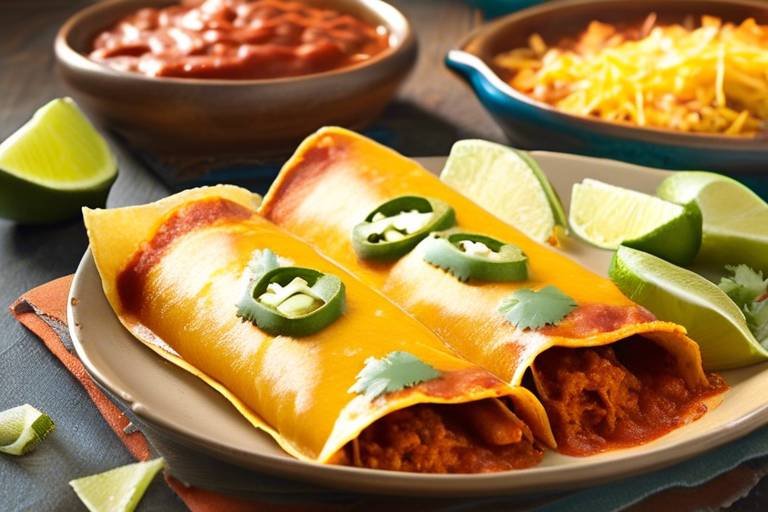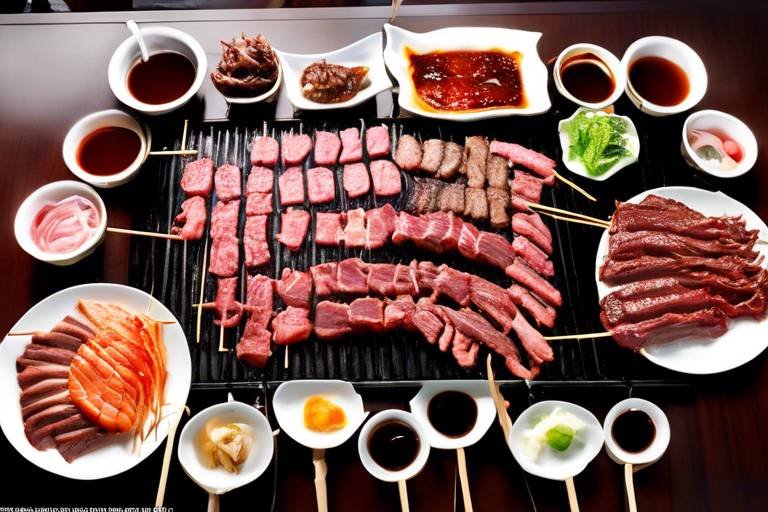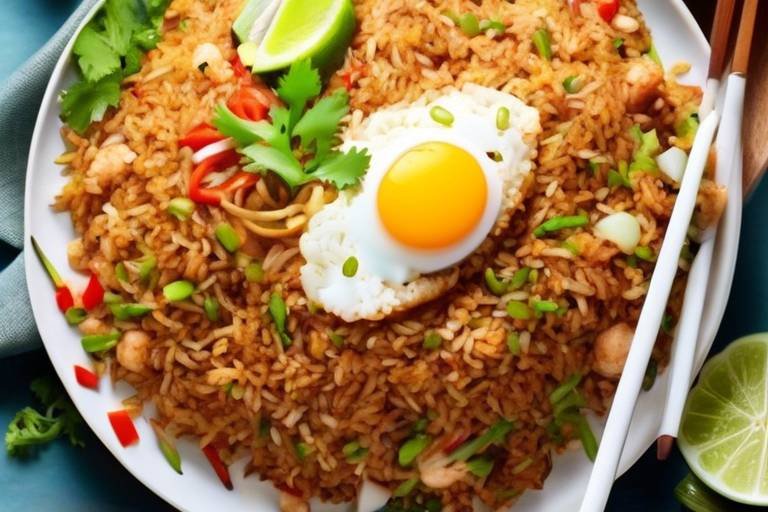The Ultimate Guide to Vietnamese Bun Cha
Welcome to the ultimate guide to Vietnamese Bun Cha! Are you ready to embark on a culinary journey filled with flavors, aromas, and cultural insights? Bun Cha is not just a dish; it's an experience that encapsulates the essence of Vietnamese cuisine. From its humble origins to its modern-day popularity, Bun Cha has captured the hearts and taste buds of food enthusiasts around the world.

Origin and History of Bun Cha
Bun Cha, a beloved dish in Vietnamese cuisine, has a rich history that dates back centuries. Originating in Hanoi, the capital city of Vietnam, Bun Cha has become a staple food that represents the essence of Vietnamese flavors and culinary traditions. The dish is believed to have been created during the 20th century, gaining popularity among locals and eventually spreading to different regions of the country.
The name "Bun Cha" itself carries significance, with "Bun" referring to the rice vermicelli noodles that are served alongside the dish, and "Cha" representing the grilled pork patties that are the star of the meal. This combination of tender, flavorful pork and fresh noodles has captured the hearts and taste buds of both locals and visitors alike.
Over the years, Bun Cha has evolved and adapted to various influences, incorporating different cooking techniques and flavor profiles. The dish has stood the test of time, remaining a symbol of Vietnamese culinary heritage and a favorite comfort food for many.
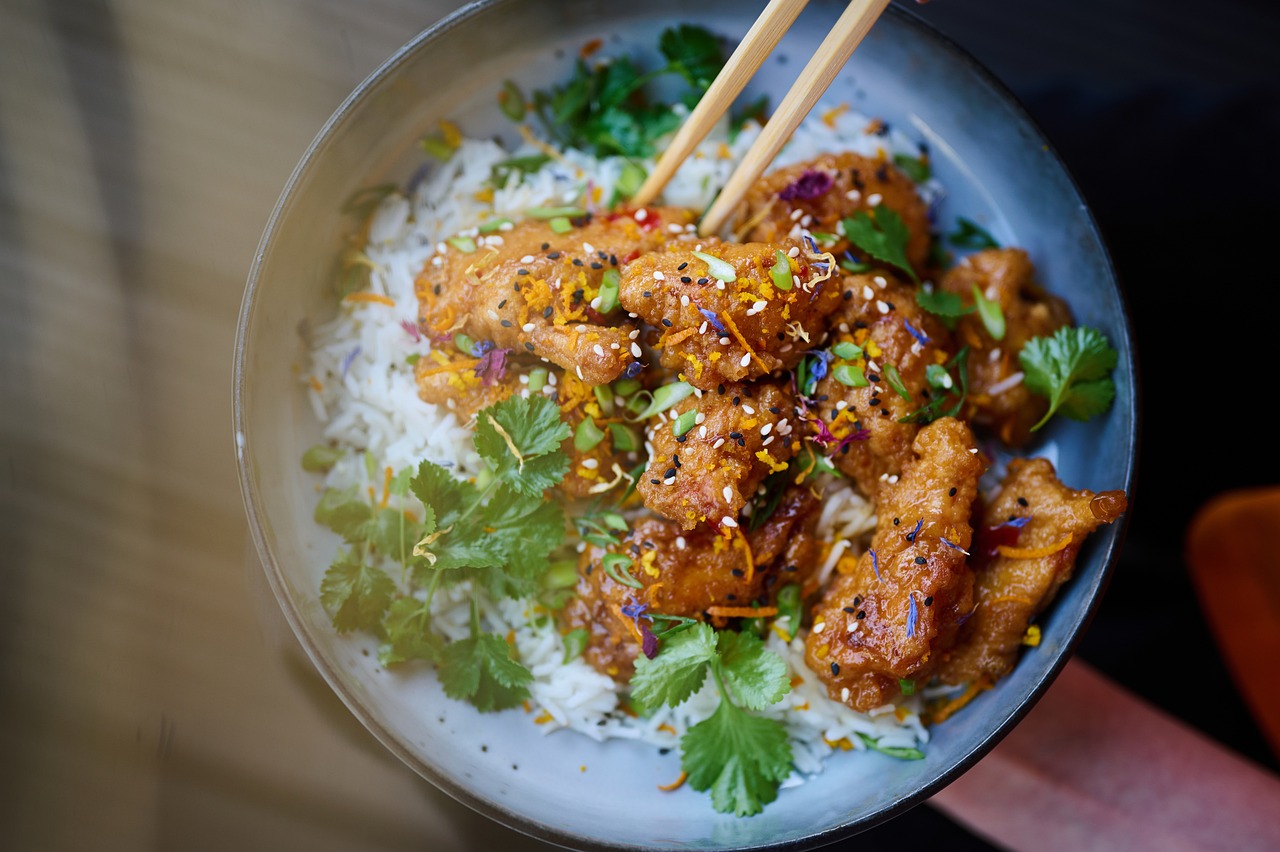
Ingredients Used in Bun Cha
Bun Cha, a beloved Vietnamese dish, is renowned for its harmonious blend of flavors and fragrances. One of the key elements that contribute to the exquisite taste of Bun Cha is the carefully selected ingredients used in its preparation. From succulent pork to aromatic herbs, each component plays a crucial role in creating this culinary masterpiece.
The primary ingredients used in Bun Cha include:
| Ingredient | Description |
|---|---|
| Pork | High-quality ground pork is seasoned with a mixture of herbs and spices to create flavorful patties. |
| Fish Sauce | A staple in Vietnamese cuisine, fish sauce adds a savory depth of flavor to the dish. |
| Sugar | Provides a touch of sweetness to balance the savory and umami notes in the marinade. |
| Vinegar | Offers a hint of acidity that enhances the overall taste profile of Bun Cha. |
| Rice Vermicelli | Thin rice noodles that serve as the base for the dish, adding texture and substance. |
| Herbs and Vegetables | Fresh herbs like mint, coriander, and lettuce, along with pickled vegetables, provide freshness and crunch. |
Each ingredient in Bun Cha contributes to the symphony of flavors that make this dish a culinary delight. The balance of sweet, savory, and tangy notes, combined with the textures of tender pork and chewy noodles, creates a truly satisfying dining experience.

Preparation and Cooking Techniques
When it comes to preparing and cooking Bun Cha, there are several key techniques that contribute to the dish's delicious flavors and textures. The process typically begins with marinating the pork, which is essential for infusing the meat with a rich combination of flavors. The marinade often consists of ingredients such as fish sauce, sugar, garlic, and lemongrass, creating a fragrant and savory base for the dish.
After marinating, the pork is shaped into small patties or meatballs, which are then grilled over charcoal. This cooking method imparts a smoky aroma and caramelization to the meat, enhancing its overall taste. The grilling process requires careful attention to ensure that the pork is cooked through while maintaining its juiciness and tenderness.
Simultaneously, the nuoc cham dipping sauce is prepared, combining ingredients like fish sauce, lime juice, sugar, and chili for a sweet, tangy, and slightly spicy accompaniment to the dish. The balance of flavors in the dipping sauce complements the savory pork patties, creating a harmonious blend of tastes with each bite.
Additionally, the preparation of the rice noodles involves soaking them in hot water until they reach a tender yet firm consistency. The noodles are then drained and served alongside the grilled pork patties, fresh herbs, and pickled vegetables. The assembly of these components is crucial in creating a well-rounded and satisfying bowl of Bun Cha.
Overall, the preparation and cooking techniques involved in making Bun Cha require attention to detail and a careful balance of flavors and textures. From marinating the pork to grilling it to perfection and serving it with the right accompaniments, each step contributes to the dish's overall appeal and authenticity.

Serving and Presentation
Bun Cha, a traditional Vietnamese dish, is not only known for its delicious flavors but also for the unique way it is served and presented. When you order a serving of Bun Cha in Vietnam, you are in for a delightful dining experience that engages all your senses.
The star of the show is the Bun Cha itself, consisting of grilled pork patties and pork belly slices served in a savory broth flavored with fish sauce, vinegar, sugar, and various herbs and spices. This aromatic broth is typically served in a bowl alongside a plate of fresh rice noodles, herbs like mint and coriander, lettuce, and pickled vegetables.
One of the most common ways to enjoy Bun Cha is to take a piece of rice noodle, dip it into the broth to soak up the flavors, and then pair it with a bite of the grilled pork patties or pork belly. The combination of textures and flavors creates a harmonious balance that is truly satisfying.
Traditionally, Bun Cha is served on a wooden tray or in a shallow bowl, allowing the vibrant colors of the dish to stand out. The presentation is often simple yet elegant, emphasizing the freshness of the ingredients and the care put into the preparation.
For a complete dining experience, Bun Cha is often accompanied by a side of fresh herbs, sliced cucumbers, and a dipping sauce made with garlic, chili, lime, and fish sauce. This medley of flavors adds depth to each bite and enhances the overall taste of the dish.
Whether you're enjoying Bun Cha at a street food stall in Hanoi or a cozy restaurant in Ho Chi Minh City, the serving and presentation of this iconic dish play a crucial role in elevating the dining experience and immersing you in the rich culinary culture of Vietnam.
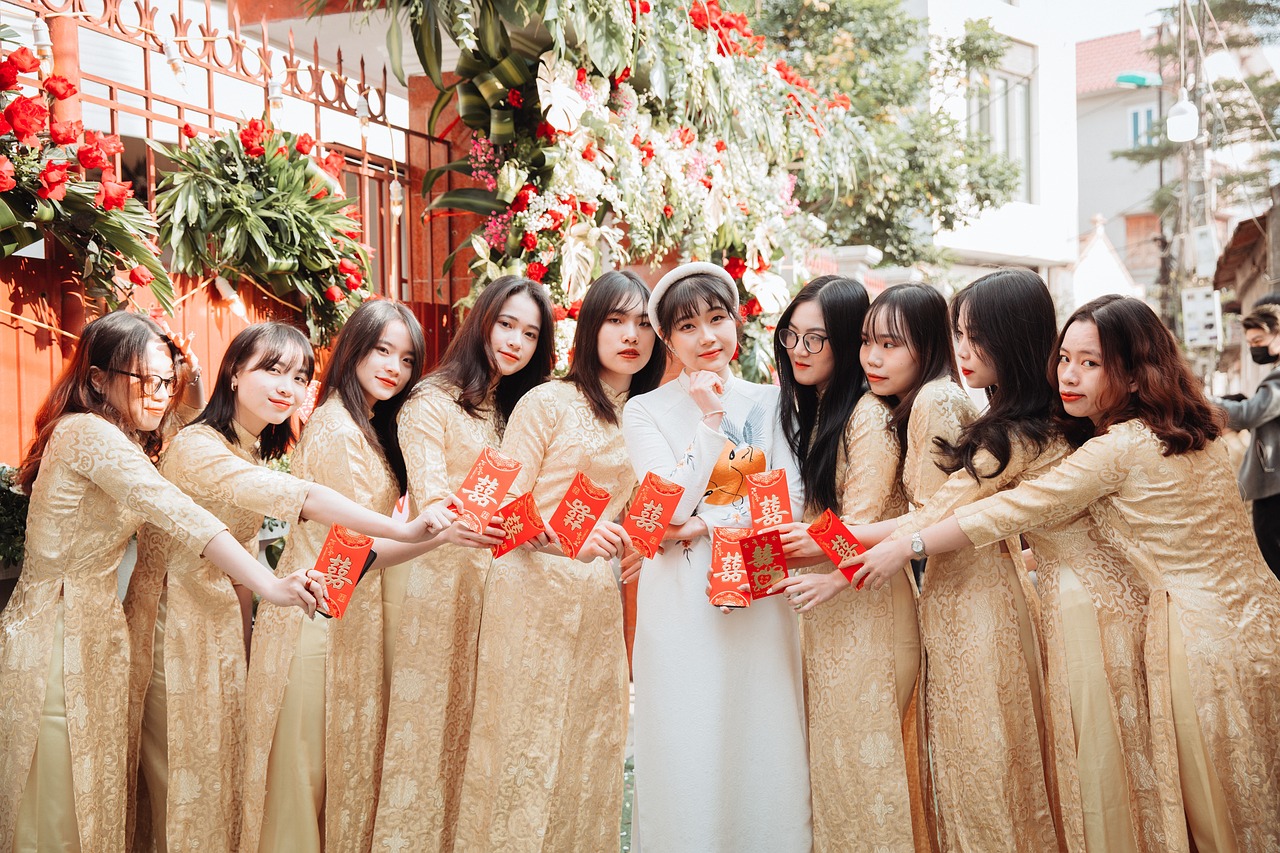
Regional Variations of Bun Cha
When it comes to Vietnamese cuisine, Bun Cha stands out as a beloved dish that has captured the hearts and taste buds of many. However, what makes Bun Cha truly fascinating is the diverse regional variations that exist throughout Vietnam. Each region puts its unique spin on this classic dish, resulting in a delightful array of flavors and textures that cater to different preferences and palates.
In the northern region of Vietnam, particularly in Hanoi, Bun Cha is typically served with grilled pork patties and a sweet and tangy broth made from vinegar, sugar, and fish sauce. The pork patties are grilled to perfection, giving them a smoky flavor that pairs harmoniously with the refreshing herbs and vermicelli noodles. This version of Bun Cha is known for its simplicity and balance of flavors, making it a favorite among locals and tourists alike.
On the other hand, in the central region of Vietnam, such as in Hue, Bun Cha takes on a spicier and more robust profile. Here, the pork patties are often marinated in a mixture of lemongrass, garlic, and chili before being grilled, adding a fiery kick to the dish. The broth is also infused with additional spices and herbs, creating a rich and aromatic soup that is both comforting and invigorating.
Heading south to Ho Chi Minh City, the southern region offers a unique take on Bun Cha that reflects the vibrant and bustling atmosphere of the city. In this version, the pork patties are sometimes replaced with grilled pork belly, adding a luscious and fatty dimension to the dish. The broth is lighter and sweeter, with a touch of coconut milk for a creamy finish. This variation of Bun Cha is a testament to the diversity and creativity of Vietnamese cuisine.
Overall, the regional variations of Bun Cha showcase the versatility and adaptability of this traditional dish, demonstrating how it can be reinvented and reimagined to suit different tastes and preferences. Whether you prefer the simplicity of the northern style, the spiciness of the central variation, or the richness of the southern twist, Bun Cha offers a culinary journey that celebrates the cultural diversity of Vietnam.
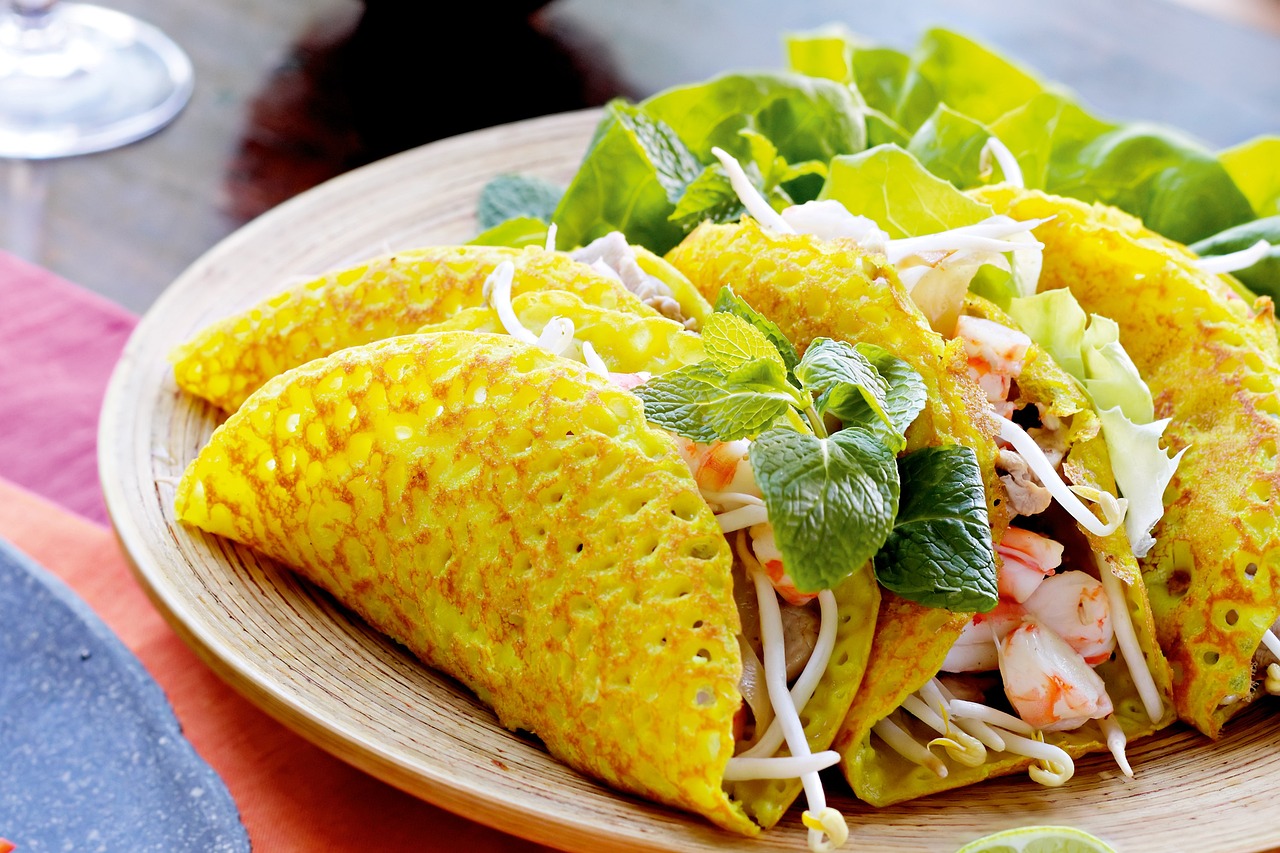
Health Benefits of Bun Cha
Bun Cha, a traditional Vietnamese dish, offers not only a delightful culinary experience but also various health benefits. This flavorful dish is a harmonious blend of grilled pork, fresh herbs, rice noodles, and dipping sauce, providing a well-rounded meal that satisfies both the taste buds and the body.
One of the key health benefits of Bun Cha lies in its balanced nutritional profile. The dish is rich in protein from the grilled pork, essential for muscle growth and repair. Additionally, the fresh herbs and vegetables used in Bun Cha contribute to its fiber content, promoting digestion and overall gut health.
Moreover, Bun Cha is a relatively light and low-calorie option compared to many other Vietnamese dishes, making it a suitable choice for those looking to enjoy a flavorful meal without excessive caloric intake. The use of fresh ingredients and minimal oil in the preparation of Bun Cha further enhances its health profile.
Furthermore, the presence of herbs like mint, coriander, and lettuce in Bun Cha adds a dose of vitamins and antioxidants to the dish. These nutrients play a crucial role in supporting the immune system, reducing inflammation, and promoting overall well-being.
For individuals seeking a gluten-free dining option, Bun Cha proves to be an excellent choice as it is typically served with rice noodles instead of wheat-based products. This aspect makes it a suitable dish for those with gluten sensitivities or celiac disease.
In conclusion, indulging in a serving of Bun Cha not only tantalizes the taste buds but also provides a range of health benefits, making it a well-rounded and nutritious choice for those looking to enjoy a taste of Vietnamese cuisine while prioritizing their well-being.

Popular Accompaniments to Bun Cha
When it comes to enjoying a delicious bowl of Vietnamese Bun Cha, the accompaniments play a crucial role in enhancing the overall dining experience. These side dishes and condiments are carefully selected to complement the flavors of Bun Cha, creating a harmonious and satisfying meal.
One of the most popular accompaniments to Bun Cha is vermicelli noodles, which provide a light and delicate base for the flavorful grilled pork patties and aromatic broth. The noodles add a textural contrast to the dish, making each bite a delightful experience.
Fresh herbs such as mint, cilantro, and Thai basil are essential accompaniments that add a burst of freshness and herbaceous aroma to Bun Cha. These herbs not only enhance the visual appeal of the dish but also elevate its taste profile, creating a harmonious balance of flavors.
Pickled vegetables are another popular accompaniment that adds a tangy and crunchy element to Bun Cha. Commonly served pickled carrots and daikon radish provide a contrast to the rich and savory flavors of the dish, cleansing the palate between bites.
Dipping sauce is a must-have accompaniment for Bun Cha, typically made with a combination of fish sauce, lime juice, sugar, and chili. This flavorful sauce adds a savory and tangy kick to the dish, allowing diners to customize the taste according to their preferences.
Additionally, fresh lettuce leaves and crispy spring rolls are often served alongside Bun Cha, offering different textures and flavors to enjoy with each bite. The combination of these accompaniments creates a well-rounded meal that satisfies both the palate and the senses.
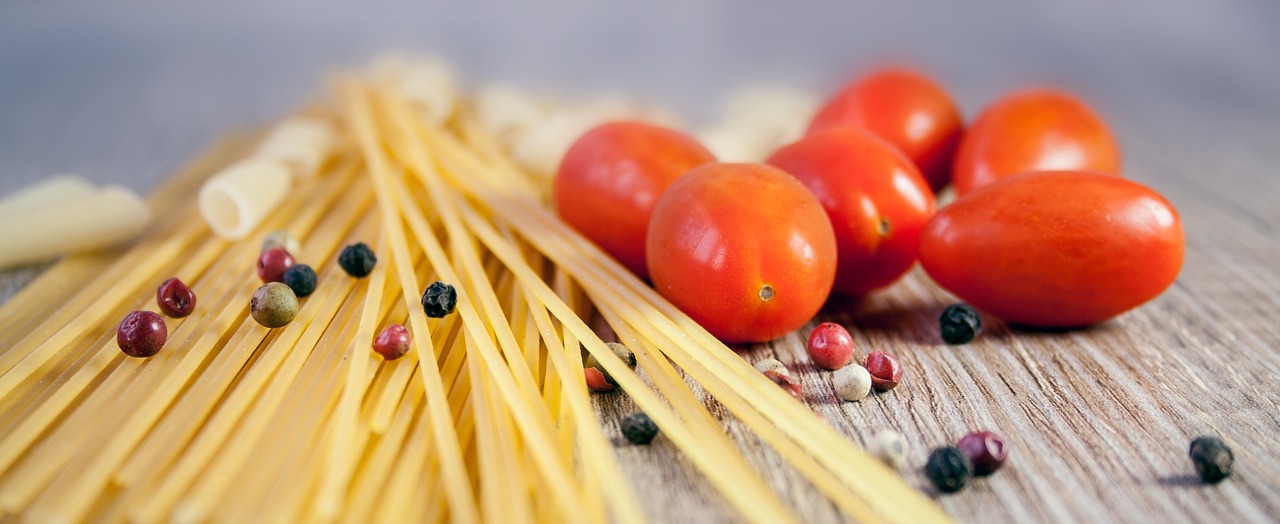
Bun Cha in Vietnamese Culture
Bun Cha holds a special place in Vietnamese culture, representing more than just a dish but a symbol of unity and shared experiences. In Vietnam, Bun Cha is not just a meal; it is a social event that brings people together, fostering connections and strengthening relationships. Families and friends often gather around a steaming bowl of Bun Cha, engaging in lively conversations and creating lasting memories.
Moreover, Bun Cha is deeply ingrained in the culinary traditions of Vietnam, reflecting the country's rich history and cultural heritage. The preparation and enjoyment of Bun Cha are steeped in rituals and customs that have been passed down through generations, preserving the authenticity and essence of this beloved dish.
When dining on Bun Cha in Vietnam, one can witness the vibrant tapestry of Vietnamese culture unfold before their eyes. The bustling streets filled with food vendors selling fragrant grilled pork patties and noodles, the sounds of laughter and chatter echoing through narrow alleyways, and the enticing aroma of sizzling meat wafting through the air—all contribute to the sensory experience that is Bun Cha.
Furthermore, Bun Cha is not just a culinary delight but a reflection of Vietnamese values and traditions. The act of sharing a meal of Bun Cha signifies generosity, hospitality, and camaraderie, embodying the spirit of community that is deeply rooted in Vietnamese culture. It is a dish that transcends mere sustenance, offering a glimpse into the soul of a nation shaped by centuries of history and tradition.
Frequently Asked Questions
- What is Bun Cha?
Bun Cha is a traditional Vietnamese dish consisting of grilled pork served with rice noodles, fresh herbs, and a dipping sauce. It is a popular and flavorful meal that is beloved by locals and visitors alike.
- How is Bun Cha typically served?
Bun Cha is usually served with a plate of grilled pork patties and a bowl of dipping sauce, accompanied by a platter of fresh herbs, lettuce, and rice noodles. Diners are encouraged to assemble their own wraps by combining these elements to their liking.
- What are the key ingredients in Bun Cha?
The main ingredients in Bun Cha include ground pork marinated in a mixture of fish sauce, sugar, garlic, and shallots, which is then grilled to perfection. The dish is also accompanied by rice noodles, fresh herbs like mint and coriander, and a tangy dipping sauce.
- Are there any vegetarian options for Bun Cha?
While the traditional Bun Cha recipe features grilled pork, there are vegetarian alternatives available that substitute the meat with tofu or mushrooms. These versions still capture the essence of the dish while catering to vegetarian preferences.
- What is the best way to enjoy Bun Cha?
The best way to enjoy Bun Cha is to mix the rice noodles with the herbs and lettuce, dip the grilled pork patties in the sauce, and create your own flavorful wraps. The combination of textures and flavors creates a delightful dining experience.

